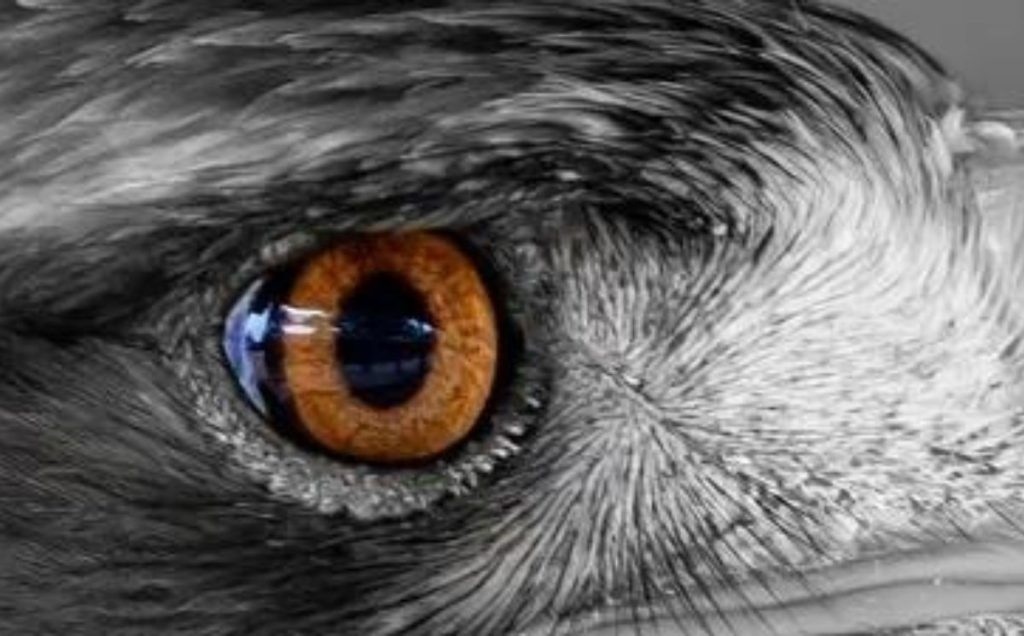Introduction: Seeing the World Through a Hawk’s Eyes
Have you ever wondered what it’s like to see the world like a hawk? Imagine soaring above a forest, spotting a tiny sparrowhawk from hundreds of feet away, and observing every movement with precision that would make even the sharpest human eyes jealous. As an IT enthusiast, you might appreciate the parallels just like high-resolution sensors or advanced algorithms, hawks’ vision is nature’s ultimate imaging system. In this guide, we’ll explore how to capture hawks’ vision through photography and observation, blending science, technique, and a little bit of patience.
Understanding Hawk Vision: The Science Behind the Sight
Before you start snapping photos, it helps to understand what makes hawks’ vision extraordinary. Hawks belong to the Accipitriformes, a group of birds of prey renowned for their visual acuity. Unlike humans, hawks have a higher density of photoreceptor cells in their retinas, giving them incredibly sharp eyesight. Their binocular vision allows for precise depth perception, critical for hunting small birds or mammals.
Another fascinating feature is their color sight. Hawks can see a broader spectrum than we do, including ultraviolet light, which helps them detect prey that might otherwise go unnoticed. The structure of the eyes with a large cornea and deep fovea enables them to spot movement and focus on distant objects with remarkable clarity. In short, hawk vision isn’t just sharp; it’s engineered for survival.
Gear Up: Tools for Capturing Birds of Prey
Capturing hawks through photography requires the right gear, but don’t worry you don’t need a Hollywood-level setup. Here’s what works best:
- Telephoto Lenses: A 300mm lens or higher lets you photograph hawks without disturbing them. Think of it as giving your camera eagle eyesight.
- Tripods and Monopods: Stability is key, especially when observing small, fast-moving sparrowhawks or other agile birds.
- Binoculars: Essential for spotting hawks at a distance before framing your shot. Binoculars also allow you to appreciate their bird vision
- Camera Settings: Shoot in burst mode to capture rapid wing movements. A high shutter speed freezes action, while a narrower aperture ensures depth of field.
Remember, patience is part of the process. Hawks are intelligent, alert creatures they won’t pose for your camera. Observing their behavior quietly will reward you with the best shots.
Observation Techniques: Becoming One with Nature
Photography alone won’t give you a true sense of hawk vision. Observation is equally important. Start by studying habitats where birds of prey thrive: open fields, riverbanks, and forest edges. Take notes on their hunting patterns, flight paths, and perching behavior.
Try using a spotting scope for prolonged viewing sessions. Notice how hawks adjust their head and eyes to track prey, a subtle demonstration of their binocular vision and visual acuity. The more time you spend observing, the more your own eyes will begin to “think” like a hawk, appreciating the incredible eagle eyesight nature has engineered.
Techniques to Mimic Hawk Vision in Photography
Once you understand hawk vision, you can experiment with photography techniques that replicate their perspective:
- Focus on Movement: Hawks detect the slightest movement. Practice tracking small birds or wildlife to anticipate action.
- High Contrast Settings: Hawks’ eyes distinguish fine details experiment with lighting to highlight textures and contrasts.
- Ultraviolet-Inspired Filters: While cameras don’t capture UV like hawks, certain filters enhance color ranges for a more vivid image.
- Depth and Perspective: Use a telephoto lens to compress space, mimicking the hawk’s ability to focus on distant prey while maintaining clarity.
Conclusion: Seeing, Learning, and Capturing
Capturing hawks’ vision isn’t just about photography it’s about observing, understanding, and appreciating a natural marvel. By combining patience, the right gear, and an understanding of hawk vision, you can start seeing the world as these incredible birds of prey do. Whether it’s a sparrowhawk darting between branches or a soaring eagle showcasing impeccable focus, the experience teaches lessons in precision, attention to detail, and patience skills that resonate even in the world of IT and technology.
So grab your binoculars, your camera, and your curiosity, and let the hawks teach you a thing or two about seeing clearly.



